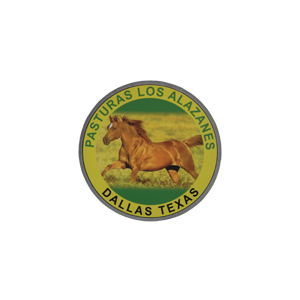Horse Feeding Pitfalls: Forage
Ideally, the average horse's ration is primarily hay and pasture grass, with modest amounts of concentrates, such as grain, pelleted or sweet feed. But frequently, little emphasis is placed on the quality of forage .

Ideally, the average horse's ration is primarily hay and pasture grass, with modest amounts of concentrates, such as grain, pelleted or sweet feed. But frequently, little emphasis is placed on the quality of forage .

Young hens, or pullets, begin laying sometime between their 16th and 24th week of age.



Take care now to eliminate the environment that mosquitoes need to live and breed.


A highly palatable cherry-flavored supplement with a corn syrup base. For horses that are off feed, have a poor appetite, or are picky eaters.

The first few weeks of a foal’s life can be the highest risk period in the life of a horse. There are several gastrointestinal disorders that can quickly drain the health of your foal and cause failure to thrive.

A variety of "old horsemen's tales" once advised withholding water from horses under particular circumstances. For example, many people still adhere to the notion that offering cold water to a hot, sweating horse will cause colic.

In our continuing series regarding horse feeding pitfalls, we now turn to the need for salt in the equine diet.